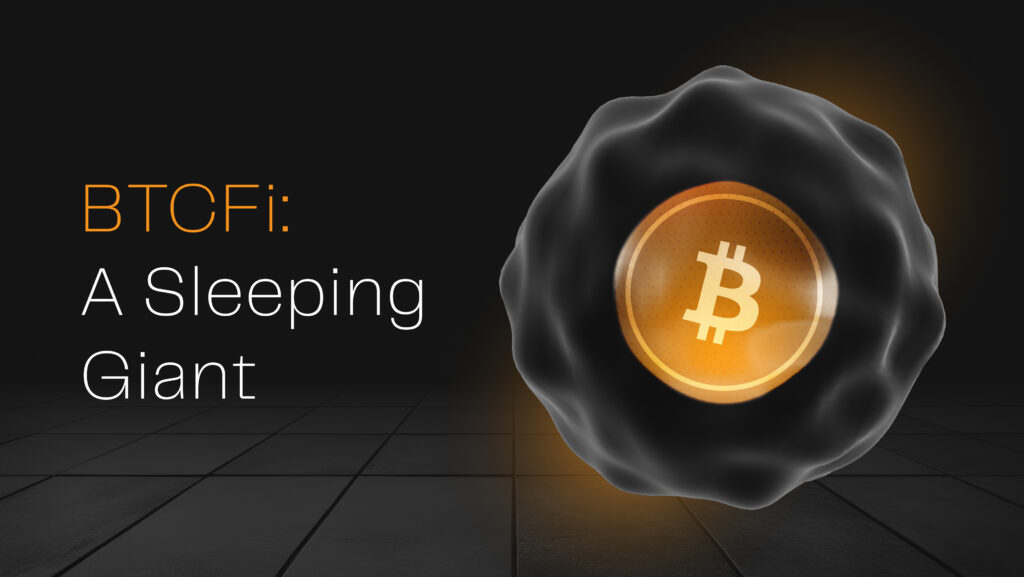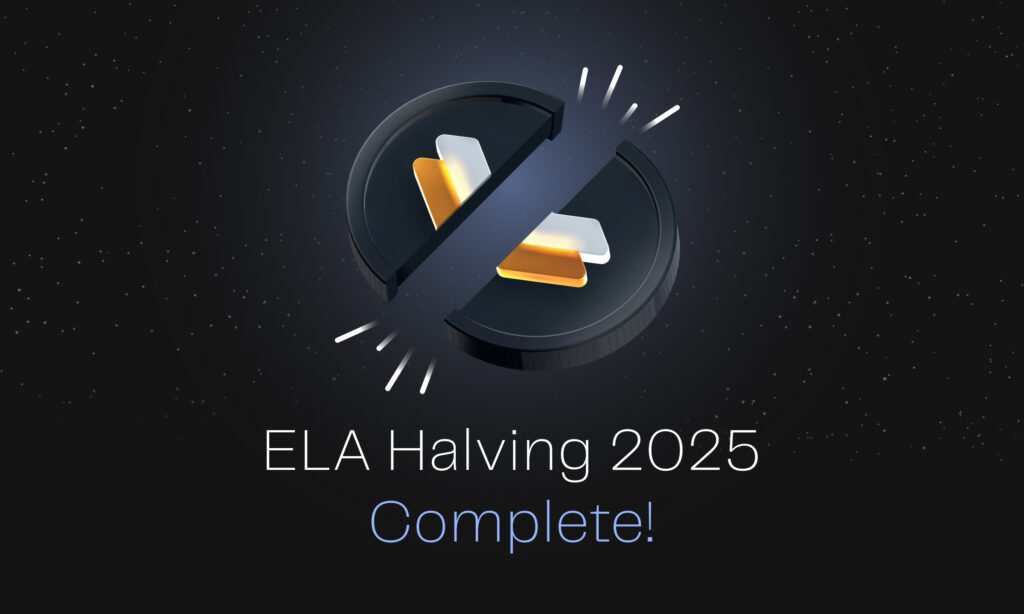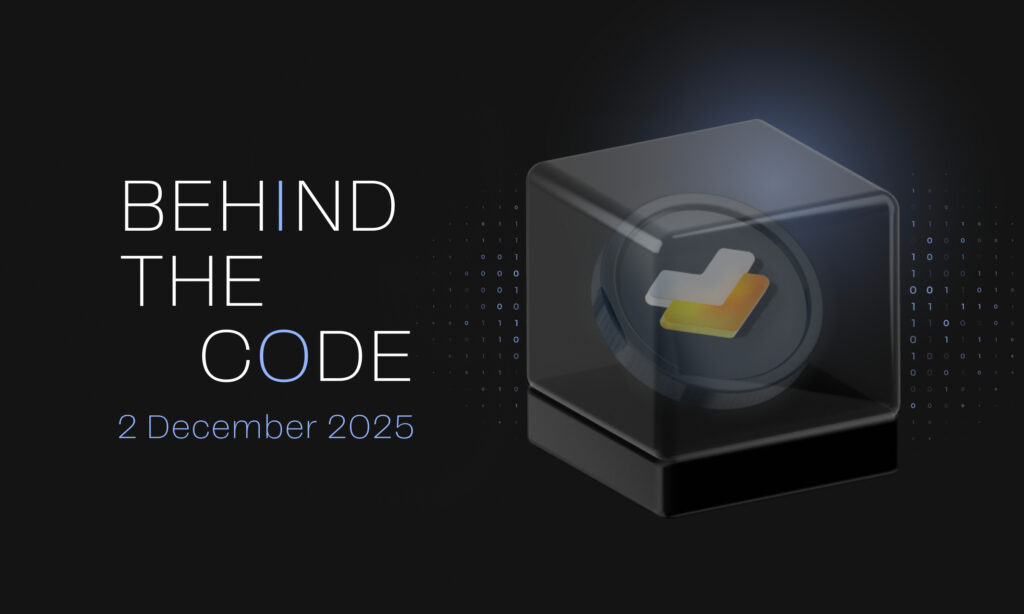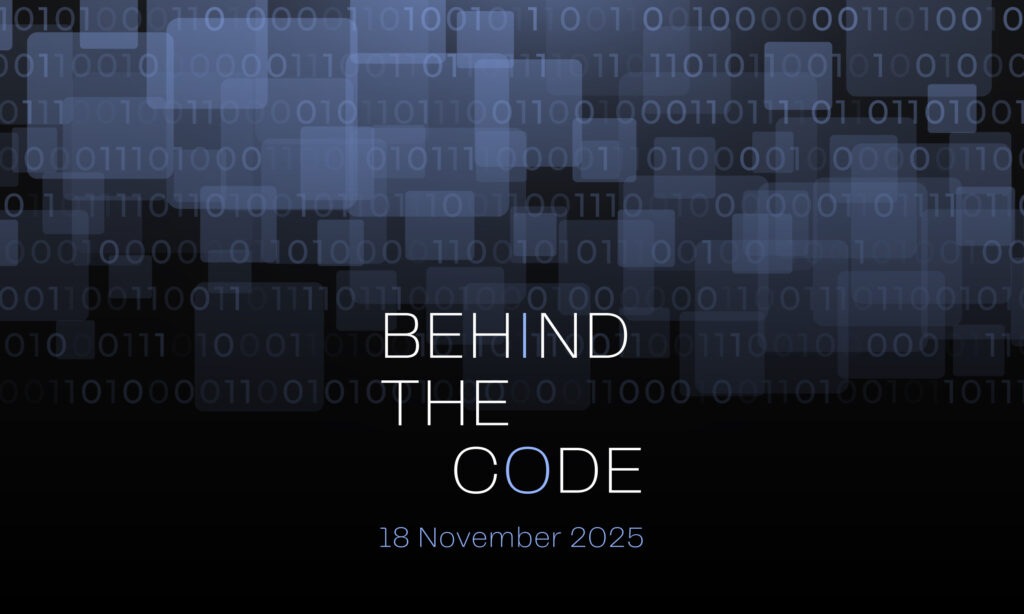Bitcoin’s Journey Beyond Store of Value
Bitcoin has always been known for its store of value properties. Developers built its code to be a trustless, decentralized form of wealth. Users can transfer it to anyone or anywhere in the world. Ethereum then came to the fold years after Bitcoin’s birth. It brought smart contracts on the blockchain with programmability. Little did people know that Bitcoin would have the potential to become a decentralized finance powerhouse.
BTCFi stands for Bitcoin native finance. Some know it as Bitcoin DeFi, and it represents this evolution. In 2023 and 2024, the BTCFi ecosystem buzzed with activity. Trillions of dollars in value had the potential to flow in many directions and ecosystems.
Stacks developed one of the first Layer 2 blockchains off Bitcoin back in 2019. Developers suddenly started spawning tokens left and right. The Ordinals protocol introduced BRC20 tokens on Bitcoin. Alex Labs then developed a DEX to trade those BRC20s more easily than the clunky yet effective Unisat wallet. All the stars seemed aligned for Bitcoin to start rivaling Ethereum in the DeFi space. But then, a crash hit.
The BTCFi hype has faded over the past year based on market sentiment. BTCFi currently faces a liquidity and user experience challenge. Ethereum, Solana, and other top projects have infused billions of dollars onto platforms built for DeFi and smart contracts. While creating wealth on Bitcoin seemed promising, the technology and userbase didn’t fully materialize. Bitcoin remains an extremely solid asset to collateralize today. This allows it to fit right into DeFi protocols.
Lots of Bitcoin holders sit sidelined with their bags. BTCFi doesn’t offer many use cases right now. Centralized exchanges like Coinbase provide some yield on deposited Bitcoin. Decentralized protocol Core allows Bitcoin/CORE staking to earn CORE yield. Maple Finance offers a service where they use Bitcoin as collateral to borrow CORE. They stake both and sell the CORE yield for Bitcoin. They provide this as yield to the user. What if a protocol allowed users to stake their Bitcoin while keeping custody and earning BTC yield? That protocol is Elastos.
BeL2: The Bridge to Native Bitcoin DeFi
BeL2 (Bitcoin Elastos Layer 2) addresses BTCFi’s fundamental challenge. Traditional solutions require moving Bitcoin off its secure mainnet to participate in smart contract applications. Unlike traditional wrapped Bitcoin solutions that require trusting centralized custodians, BeL2 keeps Bitcoin exactly where it belongs. It enables sophisticated DeFi operations on the Bitcoin mainnet. The protocol achieves this through zero knowledge proofs. These proofs transmit verification data across chains rather than the actual Bitcoin assets themselves.
The technical architecture proves both elegant and powerful. Users lock their Bitcoin using custom transaction scripts when they want to participate in DeFi activities. These scripts make funds accessible only under predefined conditions. Developers generate zero knowledge proofs to verify these locking transactions. EVM compatible smart contracts receive these proofs and execute complex DeFi logic. ELA Arbiter nodes, secured by merged mined collateral, oversee the entire process. They handle dispute resolution. This creates a fully decentralized clearing network. Bitcoin holders can access lending, borrowing, and other DeFi services without sacrificing custody or security.
BeL2’s mobile-first approach to decentralization makes it particularly compelling. The protocol allows users to run zkBTC full nodes directly on their smartphones. This eliminates dependence on third-party services and creates a truly distributed network. This isn’t just theoretical. BeL2 has already launched StarBTC, the first native Bitcoin lending protocol. BTC remains on the mainnet throughout the entire lending process. Though an MVP at this stage, borrowers can collateralize their Bitcoin to borrow USDC. They face no liquidation risk before maturity. Lenders earn interest in a completely non-custodial environment.
The New Bretton Woods Bitcoin Backed Stablecoins
The NBW-BeL2 team builds on their lending protocol’s success. They develop what they call the “Bitcoin Dollar (BTCD)” system. This creates the first truly native Bitcoin-backed stablecoin. It maintains the security guarantees of the Bitcoin mainnet. This isn’t another wrapped Bitcoin derivative or a stablecoin backed by Bitcoin held in custody. Instead, it’s an overcollateralized stablecoin system. Bitcoin remains locked on the mainnet through smart contract conditions. Developers mint the stablecoin on EVM chains through verified zero knowledge proofs.
The economic implications prove staggering. BeL2 creates a Bitcoin-backed stablecoin that doesn’t require custodial risk. This creates a new monetary system. Bitcoin’s trillion-dollar market cap can back stable value transfer across all of DeFi. Users can mint stablecoins against their Bitcoin collateral. They can deploy those stablecoins across various DeFi protocols for yield generation. They can redeem their Bitcoin at any time while maintaining complete custody throughout the process. The overcollateralization model minimizes liquidation risks. The non-custodial nature eliminates counterparty risks that plague centralized stablecoin issuers.
This represents a fundamental shift in how we think about Bitcoin’s role in the broader cryptocurrency ecosystem. Rather than relegating Bitcoin to “digital gold” that sits idle, BeL2’s stablecoin system turns every Bitcoin into productive capital. It can simultaneously maintain its security properties while generating yield. It provides liquidity to the broader DeFi ecosystem.
The Future of BTCFi
BeL2 and the New Bretton Woods Labs developing system represent more than just protocols. They provide the foundation for Bitcoin’s return to DeFi prominence. Elastos solves the core issues of custody, security, and user experience that plagued earlier BTCFi attempts. They create the infrastructure necessary to unlock the trillion dollars in dormant Bitcoin value. The combination of native lending protocols, Bitcoin-backed stablecoins, and mobile-accessible full nodes creates a comprehensive ecosystem. Bitcoin holders can finally put their assets to work without compromise.
The timing couldn’t be better. Traditional DeFi markets mature and yields compress. The arrival of truly secure, non-custodial BTCFi represents a new frontier of opportunity.
When the next BTCFi surge arrives, and it will, it won’t rely on wrapped tokens or custodial solutions. These compromise Bitcoin’s core value proposition. Instead, protocols like BeL2 will power it. They expand Bitcoin’s utility while preserving everything that makes it valuable in the first place. Elastos isn’t just participating in BTCFi’s future. They’re building the rails that will carry it forward.








